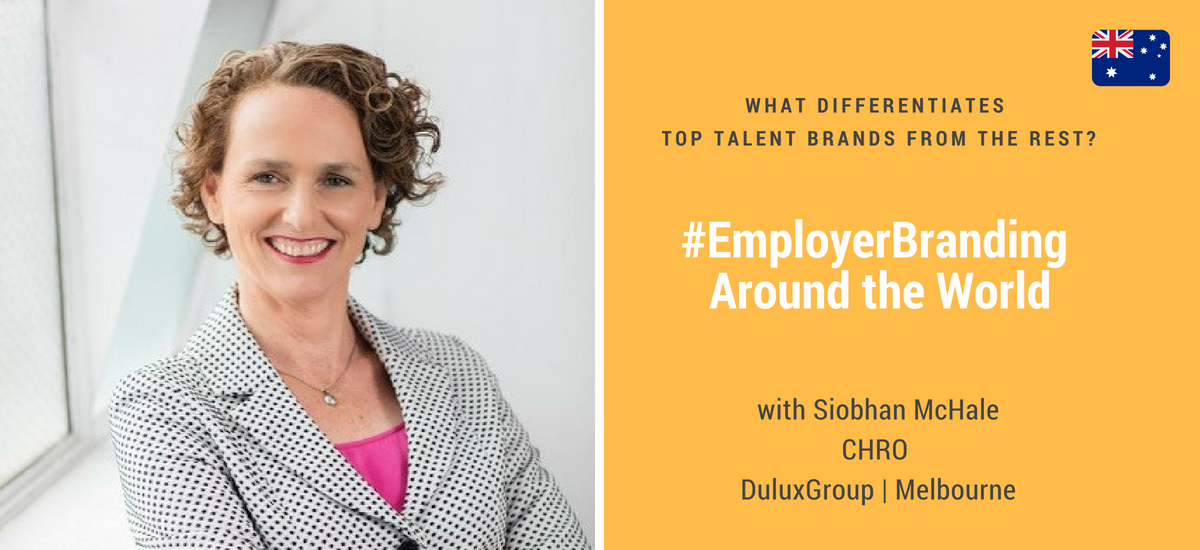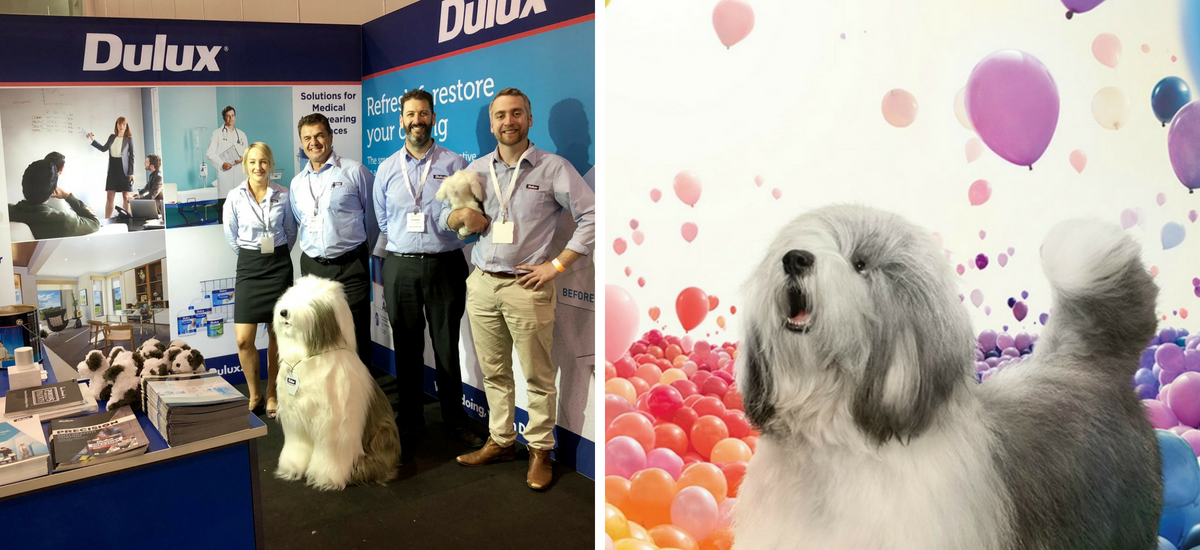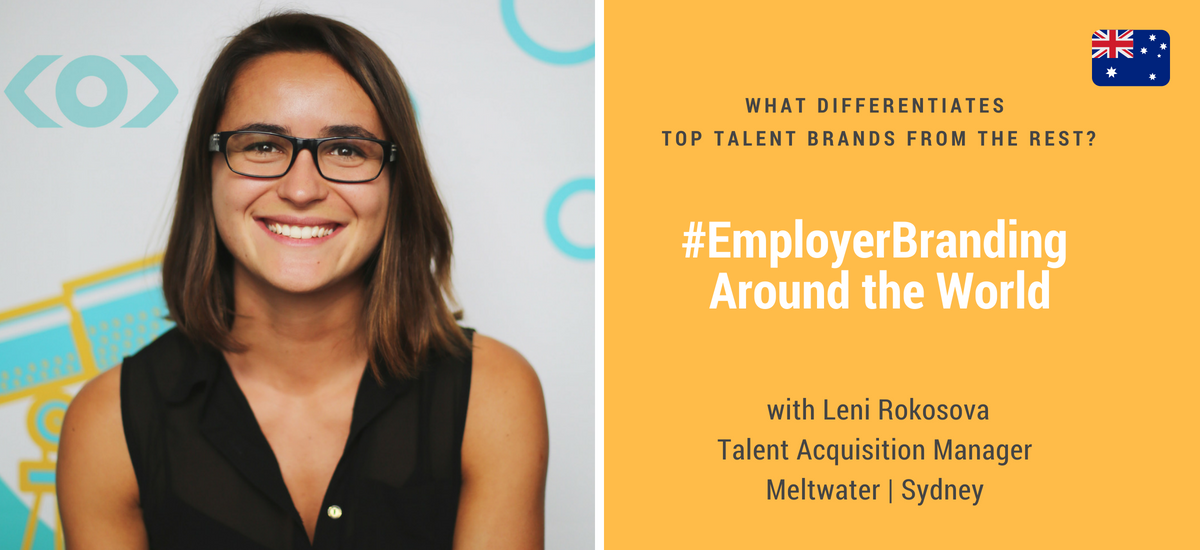Human Resources, Leadership, Modern Career, Talent Branding
Employer Branding Around the World with Siobhan McHale.
Siobhan, can you tell us more about yourself and your job?
I’m a culture change specialist with a vision to make workplaces better. I’m employed as the Head of Human Resources at DuluxGroup – a successful, growing international consumer goods company based in Melbourne, where my focus in on creating a more consumer-oriented and growth focused culture.
I trained as an organizational psychologist and hold a BA in Psychology and a Masters degree in Occupational Psychology from University of Sheffield, England. I began my career as a management consultant at PricewaterHouse Coopers in London where I crisscrossed Europe helping clients create successful culture transformations. In this role I advised leaders across four continents about how to create more vibrant and productive work environments.
In 1994 I grew tired of the long, wet English winters and moved to Australia, where I continued my work as a change advisor with Accenture.
After a decade as a consultant I wanted to put some “skin in the game” and decided to test all that I had learned in an actual corporate setting. I was employed as the executive in charge of change in a series of large, complex organizations. In these workplaces I was no longer operating as an outsider but actually getting my hands dirty working in the challenging and often messy trenches of transformation. These “insider” positions gave me a markedly different perspective on workplace change.
 You have an impressive a track record of creating more engaged businesses across four continents. What is the connection between engaged employees and a strong talent brand?
You have an impressive a track record of creating more engaged businesses across four continents. What is the connection between engaged employees and a strong talent brand?
I worked at Accenture which is one of the biggest consulting firms in the world. Within 3 months of joining I had moved countries from Australia to New Zealand and was working in the retail sector, which was completely new to me. I was on an accelerated learning curve but my experience in the consulting firm was completely aligned with the promise that I had been ‘sold’ when I interviewed for the job. I was told by the partners that I was entering a fast-paced, stretch culture where I was expected to be agile. I was not surprised when, three months after I had joined, I was asked to move countries.
The important thing with your employer brand is that it is congruent with the ‘deal’ that you are espousing to employees. When there is misalignment between the promise and the deal, then that’s when you get noise. So, for instance, if you are telling people that they can expect a highly engaged workplace and you don’t deliver on this promise then employees will be disappointed when they enter your firm. The clearer you can be about the expectations and the closer you can deliver to these, the better.
DuluxGroup has a quite unusual Brand Ambassador. Can you tell us more about him?
Yes, our brand ambassador is an Old English Sheepdog called Digby. Our employees love Digby and he shows up to staff events where there is typically a queue to get a photo taken with him. The dog was first introduced in advertising campaigns in 1961. Since then the sheepdog has been a constant and highly popular feature of Dulux television and print adverts wherever the paint is sold. So much so, that many people in those markets refer to the breed as a ‘Dulux dog’ rather than a sheepdog. Over the years, different dogs have appeared in the adverts. However, they all look very similar and Fernville Lord Digby, was the most famous Dulux dog.
Digital Trends, Human Resources, Modern Career, Talent Branding
Employer Branding Around the World with Leni Rokosova.
Originally from Czech Republic, Leni sees herself as a global citizen. Her background is in linguistics and international relations which led her to explore the world on the path to matching the best talent with amazing career opportunities. She has lived and worked in seven different countries and enjoys getting to know a new culture and immerse into it. She is currently working as a Talent Acquisition Manager for Meltwater in their Sydney office, responsible for full cycle hiring across all their departments in Australia and New Zealand.
Leni, congratulations for Meltwater being awarded the Top 7 Best Place to Work in Australia in 2017 and Top 12 Best Place to Work in Asia in 2018, as well as being one of 2016, 2017 & 2018 Great Place to Work Awards Winners in Canada. Can you share some secretes of your company success: what are the best practices of talent attraction and retention at Meltwater?
What attracted me to Meltwater was the fact that the company has managed to establish itself as a global leader in media monitoring with 60+ offices in less than 17 years! However, despite the success and growth we are experiencing, candidates I approach on LinkedIn typically have not heard about us, but when they do their research, they’re always surprised that they have not come across us yet!
Our target market is Gen Y (also known as Millennials), it is well reported that personal growth and career development is the key factor in choosing a suitable employer for this generation. As such Meltwater is extremely conscious of building a culture that facilitates that experience, we challenge our employees from day one to be the best version of themselves. We work in a fast-paced environment, things change quickly so our new recruits need to be agile and learn quickly.
Research also shows Gen Y wants to be connected to the work they’re doing and for us, that means ensuring there is a sense of shared purpose. There is plenty of time spent with line managers and even though these meetings may sometimes seem like simple catch ups, the regularity achieves a greater purpose. A constant two-way feedback ensures people feel they have a seat at the table, they are given a platform to speak up and make an impact on the business and its culture.
Last but not least, we promote based on merits, not tenure. Drive and determination and your ability to realize your potential quickly are what determines the speed at which your progress. You can easily check this by a simple search of our employees on LinkedIn.
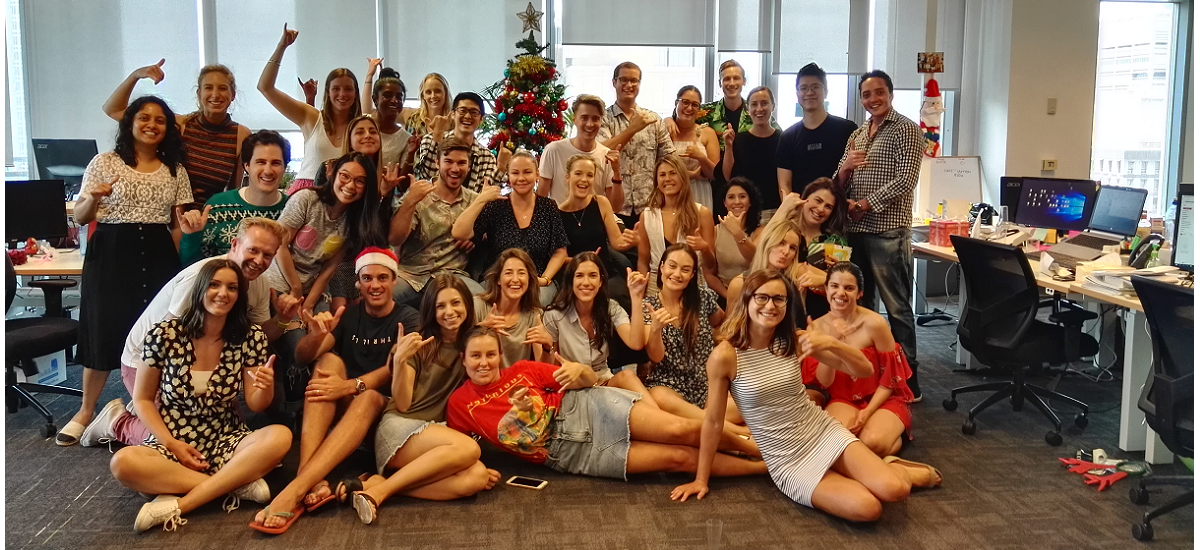
Is building a strong talent brand a “must have” or “nice to have” for modern employers?
Definitely a “must have”. Especially for Gen Y, they want to be coming to a place where they don’t only do what they enjoy doing but also a place where they feel welcome and are surrounded by like-minded individuals. Showing them what our culture is about, what our workplace looks like (maybe even giving them a sneak peek into our office playlists), how we celebrate success and what we do together outside of our workplace, is a no-brainer. This way they will already anticipate if this is an environment they would love to be part of or not.
What has been the process of building a strong talent brand at Meltwater?
We don’t have a designated team or employees for building our talent brand. I believe this should be a common effort of recruitment, marketing and HR, but, ultimately, all employees are responsible for this. Of course, all of us have a slightly different goal but at the end of the day, we all want to increase our brand awareness. I drive different initiatives, such as encouraging our employees to write blog posts, partner with top universities and students’ societies and provide training to all newbies (regardless of what team they join) on how to manage/promote our brand on LinkedIn. I already started this in my last job and it worked really well so took it over with me to Meltwater. It only takes about 15 minutes (if they’re in Sydney, its F2F, if in any other office, it’s via a video Skype call) but you would be surprised how little people know about different functions on LinkedIn and how to use them to your advantage. I always start the training with showing them some numbers on how many people interact with our brand on daily basis which always leads them to understand why this training is so important.
What is your social media strategy when it comes to employer branding?
I’m a huge advocate of LinkedIn and that’s where I spend lots of my time during the day. From my experience, the most quality talent is right there and it’s easy to tap into. On the other hand, it is true that the Gen Y don’t necessarily have a LinkedIn profile (yet!) and so it is important to build a strong strategy on their favourite social channels, such as Instagram and Snapchat – this is work in progress for us right now!
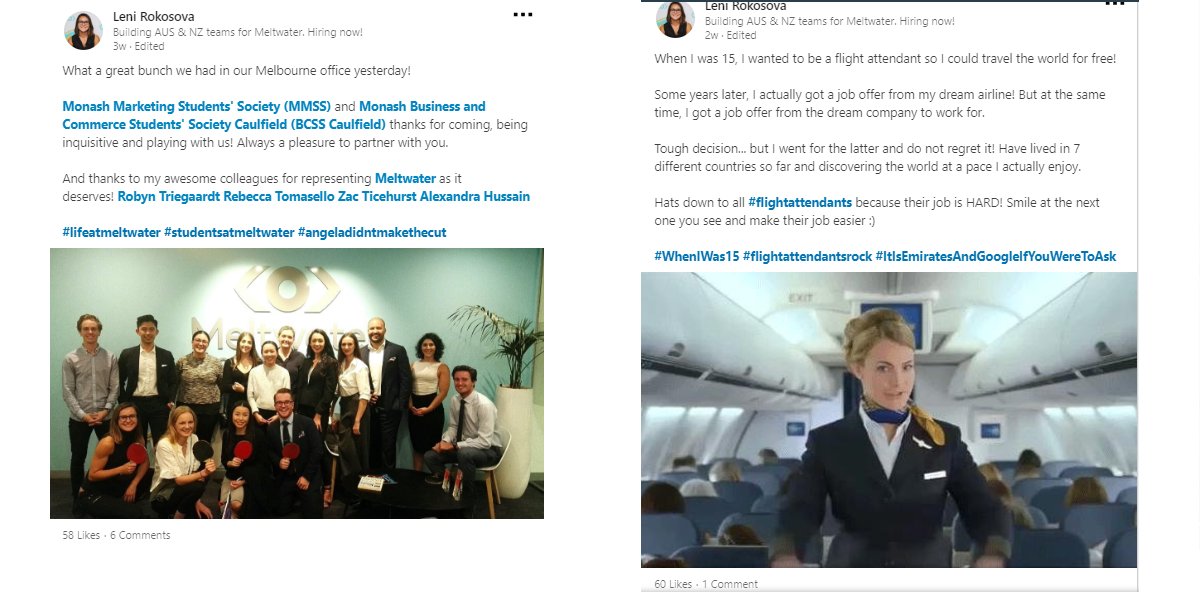
How do you use content marketing and storytelling methods on LinkedIn to generate stronger candidate pipelines?
As mentioned before, I love LinkedIn and consider content marketing as a great tool for raising brand awareness. I always make sure my posts have a purpose and most importantly, have a personal touch. Sharing only jobs, I’m currently hiring for wouldn’t make the cut! I divide my posts in 25% about our office life/culture, 25% about company updates, 25% about job posts (always accompanied by the right culture pic!) and 25% about my personal/professional interests. Sometimes it’s hard to keep the office life pictures to only 25% because there’s always something happening (ranging from a simple celebration of someone’s birthday – yes, everyone loves a good piece of cake! – through celebrating a new deal that just came in, to those crazy closing days when we always have a theme and dress up).

